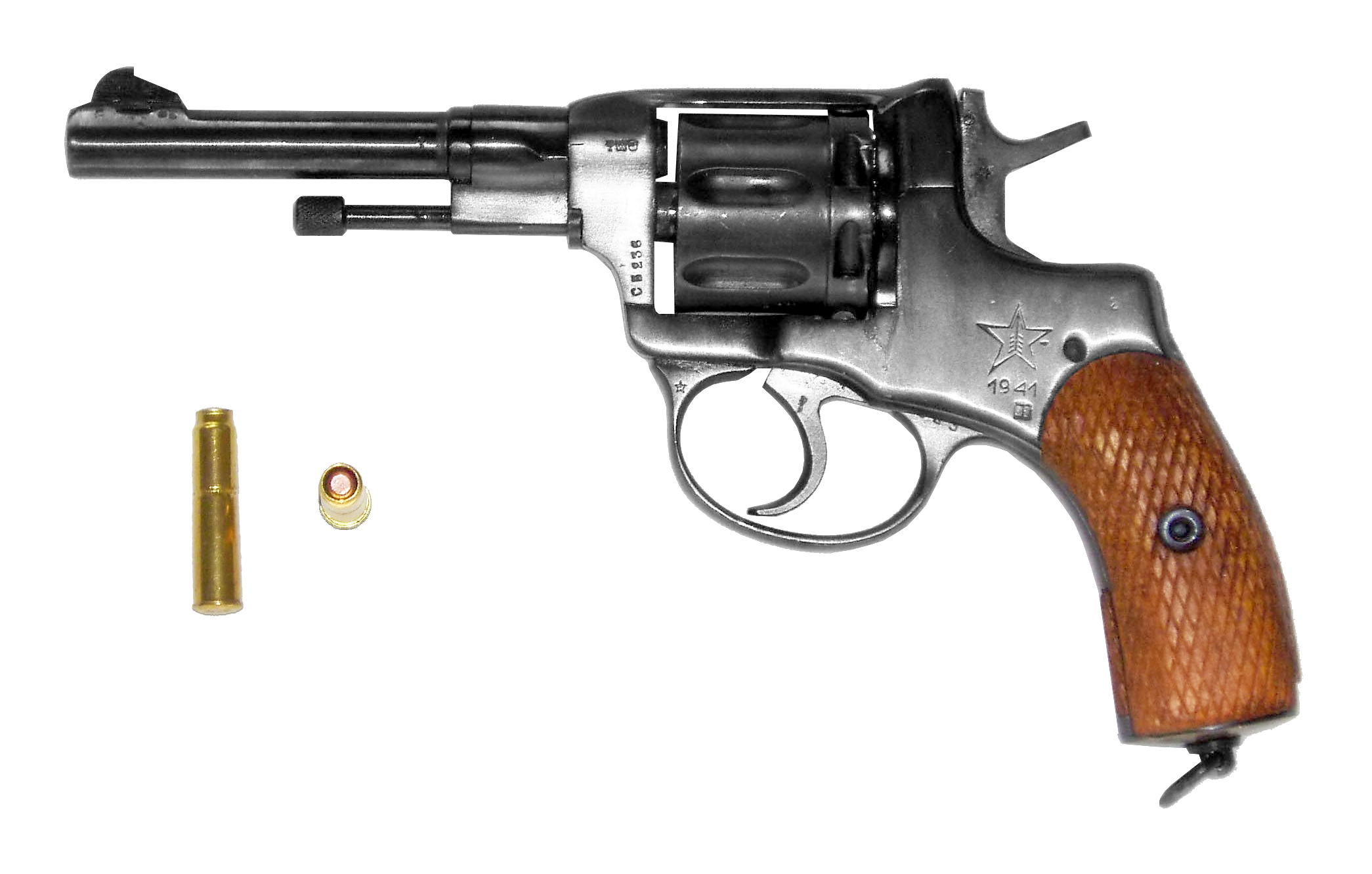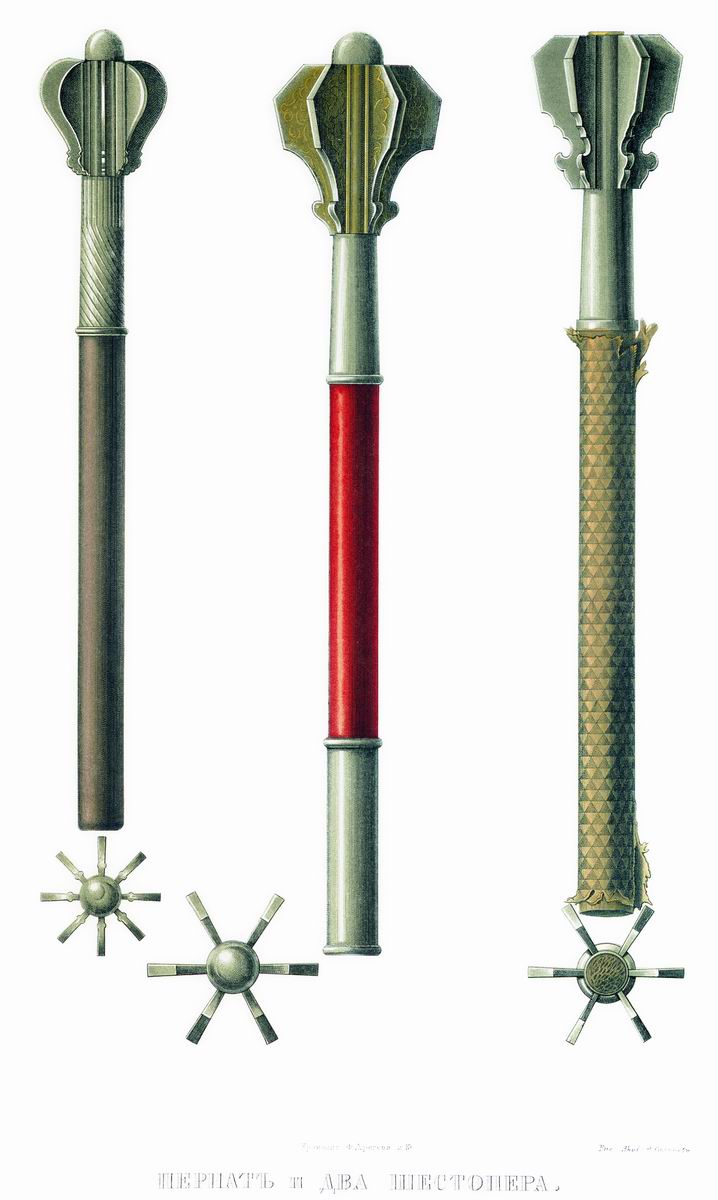|
OTs-33
The OTs-33 Pernach (''ОЦ-33 Пернач'', Russian for "pernach") is a Russian 9x18 Makarov machine pistol, derived from the 5.45 mm OTs-23 Drotik machine pistol. The Pernach is an automatic pistol designed to replace the Stechkin APS in various special OMON units within the Russian police, the Russian Ministry of Internal Affairs (MVD) and other paramilitary units. The OTs-33 was developed in 1995 by Igor Stechkin at the TsKIB SOO design bureau, and it went into limited production at the KBP Instrument Design Bureau. It is also known as the SBZ-2 (Russian: СБЗ-2), derived from the names of the KBP team responsible for the pistol, namely Stechkin, Baltser (Бальцер) and Zinchenko (Зинченко). The designers were tasked with resolving the difficulty of controlling recoil in full-auto mode present in the Stechkin APS pistol and simplifying it for combat deployment. The new pistol has a "square" shape, which is simpler (and less expensive) to manufacture and has a ... [...More Info...] [...Related Items...] OR: [Wikipedia] [Google] [Baidu] |
9×18mm Makarov
The 9×18mm Makarov (designated 9mm Makarov by the C.I.P. and often called 9×18mm PM) is a Soviet pistol and submachine gun cartridge. During the latter half of the 20th century it was a standard military pistol cartridge of the Soviet Union and the Eastern Bloc, analogous to the 9×19mm Parabellum in NATO and Western Bloc military use. History During the Second World War and the early Cold War, the 7.62×25mm Tokarev was the standard automatic pistol round for the Soviet Union and its satellites in Eastern Europe. This ammunition is still in use by many of these countries today. During the war, the Red Army had found a few shortcomings in its 7.62 mm TT-33 pistol, one of which was a tendency to inadvertently drop its magazine while in operation. The army wanted something that was lighter, with a heel release instead of a button and different ammunition. A direct blowback design was chosen for the pistol's operation, since it would be quick and cheap to manufacture, as well a ... [...More Info...] [...Related Items...] OR: [Wikipedia] [Google] [Baidu] |
List Of Russian Weaponry
The following is a list of modern Russian small arms and light weapons which were in service in 2016: Handguns Revolvers Pistols Special purpose Submachine guns Special purpose Shotguns Rifles Bolt-action Semi-automatic Selective-fire Special purpose Anti-materiel rifles Machine guns Squad automatic weapons (SAWs) General-purpose Heavy Hand grenades Fragmentation Anti-tank Grenade launchers Stand-alone Attached Automatic grenade launchers Rocket launchers General purpose Incendiary and thermobaric Special purpose Recoilless rifles Mortars Anti-tank guided missiles Man-portable air defense system Landmines See also * List of equipment of the Russian Ground Forces * List of Russian weaponry makers References {{DEFAULTSORT:Russian small arms and light weapons Weapons of Russia Lists of weapons Firearms of Russia, Russian and Soviet milita ... [...More Info...] [...Related Items...] OR: [Wikipedia] [Google] [Baidu] |
OTs-23 Drotik
The OTs-23 Drotik (''ОЦ-23 Дротик'', Russian for "dart") is a blow-back operated machine pistol developed and used in Russia. The gun is also known as SBZ (Russian: СБЗ) from the initials of its designers — I. Stechkin, A.V. Baltser (А.В. Бальцер), and A.V. Zinchenko (А.В. Зинченко) The weapon has a three-position select fire switch; safe, semi-automatic, and three-round burst. The pistol features an external indicator that allows the operator to quickly see how many cartridges remain in the magazine. It is designed as a special operations and personal defence weapon (PDW). It has compensator openings cut into the end of the barrel to vent gases and make the weapon more stable during automatic burst fire. The action is blowback complicated with a principle borrowed from Pedersen's hesitation locking: after passing 42 mm and ejecting the case the free-moving bolt locks with the barrel and uses its inertia to stop in the last 5 mm of recoil. Ver ... [...More Info...] [...Related Items...] OR: [Wikipedia] [Google] [Baidu] |
Pernach
A pernach (russian: перна́ч, uk, перна́ч or , pl, piernacz) is a type of mace (bludgeon), flanged mace originating in the 12th century in the region of Kievan Rus' and later widely used throughout Europe. The name comes from the Slavic word ''перо'' (''pero'') meaning feather, referring to a type of pernach resembling an arrow with Fletching, feathering. Among a variety of similar weapons developed in 12th-century Persian- and Turkic peoples, Turkic-dominated areas, the pernach became pre-eminent, being capable of penetrating plate armour and plate mail. A pernach or shestoper ( uk, шестопeр, "six-feathered") was often carried as a ceremonial mace of rank by certain Eastern European military commanders, including Poles, Polish magnates, Ukrainian people, Ukrainian Cossack colonels and sotniks (cf. centurion). In Ukraine it symbolized the authority of Colonels (polkovnyk, regional leaders or military officers) [...More Info...] [...Related Items...] OR: [Wikipedia] [Google] [Baidu] |
OTs-23 DROTIK
The OTs-23 Drotik (''ОЦ-23 Дротик'', Russian for "dart") is a blow-back operated machine pistol developed and used in Russia. The gun is also known as SBZ (Russian: СБЗ) from the initials of its designers — I. Stechkin, A.V. Baltser (А.В. Бальцер), and A.V. Zinchenko (А.В. Зинченко) The weapon has a three-position select fire switch; safe, semi-automatic, and three-round burst. The pistol features an external indicator that allows the operator to quickly see how many cartridges remain in the magazine. It is designed as a special operations and personal defence weapon (PDW). It has compensator openings cut into the end of the barrel to vent gases and make the weapon more stable during automatic burst fire. The action is blowback complicated with a principle borrowed from Pedersen's hesitation locking: after passing 42 mm and ejecting the case the free-moving bolt locks with the barrel and uses its inertia to stop in the last 5 mm of recoil. Ver ... [...More Info...] [...Related Items...] OR: [Wikipedia] [Google] [Baidu] |
Igor Stechkin
Igor Yakovlevich Stechkin (Russian: Игорь Яковлевич Стечкин; 15 November 1922 – 28 November 2001) was a Russian small arms designer. __NOTOC__ Designs *Stechkin automatic pistol, 9mm machine pistol *TKB-506, prototype handgun designed to look like a cigarette lighter *TKB-486, a prototype submachine gun in 9×18mm * TKB-0116, prototype compact assault rifle, lost design competition to AKS74U *TKB-0146, prototype assault rifle entered in Project Abakan, but lost to AN-94 * OC-01 Kobalt, double-action 9 mm revolver * OC-23 Drotik, 5.45 mm machine pistol * OC-27 Berdysh, 9 mm semi-automatic pistol * OC-33 Pernach, 9 mm machine pistol * OC-38 Stechkin silent revolver See also *Boris Stechkin Boris Sergeyevich Stechkin (1891–1969) was a Russian Empire scientist, engineer and inventor. He developed a theory of heat engines and was involved in construction of many Soviet aircraft engines. He was also co-developer of Sikorsky Ilya Muro ... [...More Info...] [...Related Items...] OR: [Wikipedia] [Google] [Baidu] |
Machine Pistol
A machine pistol is an autoloading pistol capable of fully automatic fire. The term can also be used to describe a stockless handgun-style submachine gun. The term is a calque of ''Maschinenpistole'', the German word for submachine guns. Machine pistols were developed during World War I and originally issued to German artillery crews who needed a self-defense weapon that is lighter than a rifle but more powerful than a standard semi-automatic pistol. This concept would eventually lead to the development of the personal defense weapon or PDW. Today, machine pistols are considered special-purpose weapons with limited utility, with their original niche being filled with either the PDW, carbines, or simply more modern semi-automatic sidearms. Contributing to their already-fringe use, without a shoulder stock and training, machine pistols can be difficult to control for all but the best shooters. The Austrians introduced the world's first machine pistol, the ''Steyr Repetierpistole' ... [...More Info...] [...Related Items...] OR: [Wikipedia] [Google] [Baidu] |
Submachine Guns Of Russia
A submachine gun (SMG) is a magazine-fed, automatic carbine designed to fire handgun cartridges. The term "submachine gun" was coined by John T. Thompson, the inventor of the Thompson submachine gun, to describe its design concept as an automatic firearm with notably less firepower than a machine gun (hence the prefix " sub-"). As a machine gun must fire rifle cartridges to be classified as such, submachine guns are not considered machine guns. The submachine gun was developed during World War I (1914–1918) as a close quarter offensive weapon, mainly for trench raiding. At its peak during World War II (1939–1945), millions of SMGs were made for use by regular troops, clandestine commandos and partisans alike. After the war, new SMG designs appeared frequently.Military Small Arms Of The 20th Century. Ian Hogg & John Weeks. Krause Publications. 2000. p93 However, by the 1980s, SMG usage decreased. Today, submachine guns have been largely replaced by assault rifles, w ... [...More Info...] [...Related Items...] OR: [Wikipedia] [Google] [Baidu] |
Suppressor
A silencer, also known as a sound suppressor, suppressor, or sound moderator, is a muzzle device that reduces the acoustic intensity Sound intensity, also known as acoustic intensity, is defined as the power carried by sound waves per unit area in a direction perpendicular to that area. The SI unit of intensity, which includes sound intensity, is the watt per square meter (W/m2 ... of the muzzle report (sound of a gunshot) and muzzle rise when a gun (firearm or air gun) is discharged, by modulating the speed and pressure of the propellant gas from the muzzle and hence suppressing the muzzle blast. Like other muzzle devices, a silencer can be a detachable accessory mounted to the muzzle, or an integral part of the gun barrel, barrel. A typical silencer is a metallic (usually stainless steel or titanium) cylinder containing internal sound baffles, with a hollow bore to allow the projectile (bullet) to exit normally. During firing, the bullet flies through the bore with litt ... [...More Info...] [...Related Items...] OR: [Wikipedia] [Google] [Baidu] |
Laser
A laser is a device that emits light through a process of optical amplification based on the stimulated emission of electromagnetic radiation. The word "laser" is an acronym for "light amplification by stimulated emission of radiation". The first laser was built in 1960 by Theodore H. Maiman at Hughes Research Laboratories, based on theoretical work by Charles Hard Townes and Arthur Leonard Schawlow. A laser differs from other sources of light in that it emits light which is ''coherent''. Spatial coherence allows a laser to be focused to a tight spot, enabling applications such as laser cutting and lithography. Spatial coherence also allows a laser beam to stay narrow over great distances (collimation), enabling applications such as laser pointers and lidar (light detection and ranging). Lasers can also have high temporal coherence, which allows them to emit light with a very narrow spectrum. Alternatively, temporal coherence can be used to produce ultrashort pulses of ligh ... [...More Info...] [...Related Items...] OR: [Wikipedia] [Google] [Baidu] |
Iron Sight
Iron sights are a system of physical alignment markers (usually made of metallic material) used as a sighting device to assist the accurate aiming of ranged weapons (such as a firearm, airgun, crossbow or even compound bow), or less commonly as a primitive finder sight for optical telescopes. The earliest sighting device, it relies completely on the viewer's naked eye (mostly under ambient lighting), and is distinctly different to optical sights such as telescopic sights, reflector (reflex) sights, holographic sights and laser sights, which make use of optical manipulation and/or active illumination, as well as the newer optoelectronics, which use digital imaging and even incorporate augmented reality. Iron sights are typically composed of two components mounted perpendicularly above the weapon's bore axis: a rear sight nearer (or ''proximally'') to the shooter's eye, and a front sight farther forward (or ''distally'') near the muzzle. During aiming, the shooter aligns his/ ... [...More Info...] [...Related Items...] OR: [Wikipedia] [Google] [Baidu] |




.jpg)


